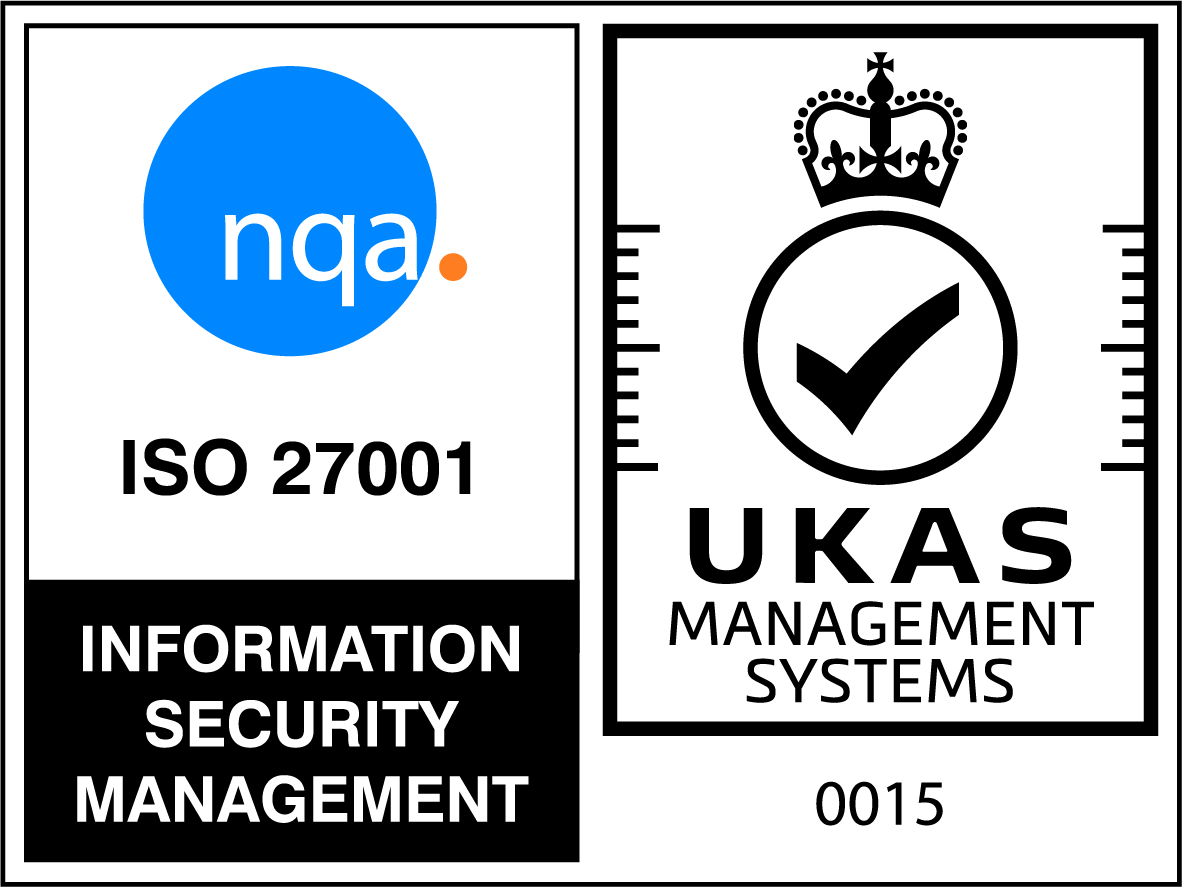NRT QuickSilver Case Study
Onepoint helps Network Rail Telecom in its IT transformation programme
Network Rail Telecom (NRT) is Network Rail’s national telecoms asset management and service provision function, It provides telecommunication and network services to Network Rail and the Train/Freight operating companies. It has been created to design and deliver a new, single, unified telecoms organisation focussing, among other things, on improving the effectiveness of deployment and use of telecoms assets. NRT owns all of the company’s telecoms assets on the network side of the service demarcation point. NRT is based in Milton Keynes HQ of Network Rail with other Network Rail employees totalling about 3000 employees.
Business Drivers
Network Rail’s key strength is an extensive telecoms network trusted to run one of the most critical national infrastructures in the UK. NRT plans to extend this network with FTNx (a next generation network) and high speed mobile data and use these to consolidate the rail industry’s growing data requirements and remove dependencies on 3rd parties.
Once the rail industry is fully served, NRT is looking to explore new business opportunities offering external fixed data services commercially further exploiting the resilience and security of the next generation networks. NRT wanted to understand gaps in its business processes, systems and technology to enable it to deliver data services commercially. Once the gaps were identified a transition plan and cost to implement and operate the proposed solution were required.
The Solution
Onepoint Consulting used a business capability driven approach to identify the Level 1, 2 and 3 capabilities required by NRT to offer external fixed data services. The identified capabilities were prioritized and mapped to organization (people and roles), processes, information and systems. A gap analysis exercise between the current and target architecture identified missing and/or non-optimal processes, systems and information. The gaps were prioritized, costed and a transition roadmap was defined describing how NRT will acquire the required capabilities to sell, fulfill, assure and bill fixed data services to external customers.
Onepoint used the following industry best practices to kick start the architecture initiative and deliver value in a short time scale:
- TMForum Frameworx (https://www.tmforum.org/tm-forum-frameworx/) was used as the Industry reference architecture
- A customized version of TOGAF was used to provide structure, methodology and modelling language
- Business Capability Maps was used to standardize business concepts and objects. Heat maps was used to analyse and report on capability maturity.
The Outcome
The current and target state models (business capabilities, processes, systems, data) provided NRT with a roadmap on how it could achieve its business objective of monetizing excess network capacity and the total cost and effort of implementing and operating the roadmap.
Initiatives planned to fulfill the roadmap enabled NRT to:
- Build a foundation for business agility
- Improved interoperability, standardisation and integration
- Reduced technical risks
- Provide traceability from goals to initiatives
Case Studies Category
Industry
Telcom
Solution
Infrastructure Solutions, Virtualisation
Technology
VMWare, Xen
Service
Architecture Services


